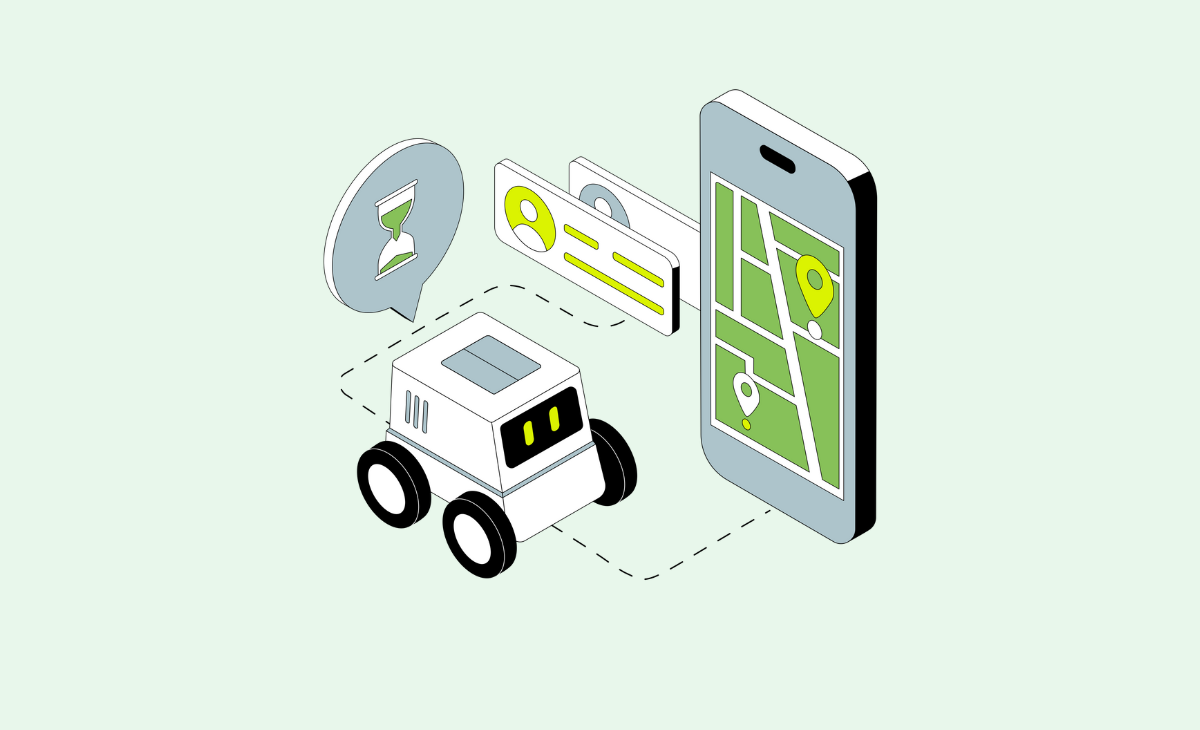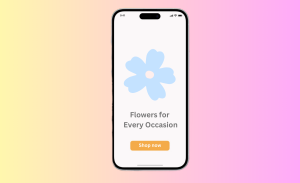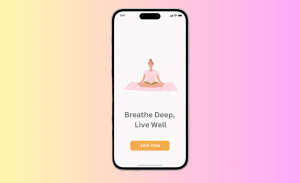
Dribbble and Onboarding Mobile App Design: Best Practices and Inspiration
- Admin Admin
- 0
- on Nov 02, 2024
In the ever-evolving landscape of mobile app development, design plays a crucial role in attracting users and ensuring a seamless experience. Among the numerous resources available to designers, Dribbble has emerged as a popular platform where creative minds share their work, get inspired, and connect with others in the industry. In this blog post, we will explore the key aspects of Dribbble mobile app design and delve into best practices for onboarding app design, providing you with insights that can elevate your own projects.
The Importance of Mobile App Design

Mobile app design is not merely about aesthetics; it encompasses functionality, usability, and overall user experience. A well-designed app can significantly impact user retention and satisfaction. Users today expect apps to be visually appealing, intuitive, and responsive. Thus, the design phase should not be underestimated or rushed.
Dribbble has become a vital resource for designers seeking inspiration. With thousands of design showcases, it allows designers to view trending styles, innovative concepts, and practical implementations. By analyzing successful projects on Dribbble, one can identify what resonates with users and apply those insights to their own designs.
Dribbble Mobile App Design: A Source of Inspiration
Dribbble is a treasure trove of design ideas, featuring an array of mobile app designs that highlight various styles and functionalities. Here are some key takeaways from popular mobile app designs showcased on Dribbble:
- Simplicity is Key: Many successful app designs on Dribbble emphasize simplicity. Minimalist interfaces often result in a more enjoyable user experience. By reducing clutter and focusing on essential features, designers can guide users seamlessly through their apps.
- Consistent Branding: Effective mobile app designs maintain brand consistency throughout. This includes color schemes, typography, and iconography that align with the brand’s identity. This consistency helps in building trust and recognition among users.
- Microinteractions: Small animations and feedback mechanisms enhance user engagement. For instance, incorporating subtle animations during transitions or button presses can create a more dynamic experience. Observing how other designers utilize microinteractions can spark ideas for enhancing your app’s usability.
- User-Centric Approach: Successful designs prioritize user needs. This means understanding the target audience and designing interfaces that cater to their preferences and habits. Engaging with user feedback and conducting usability testing can help refine designs further.
- Visual Hierarchy: A clear visual hierarchy directs users’ attention to important elements. By using size, color, and placement strategically, designers can ensure that users know where to focus their attention, making navigation more intuitive.
Best Practices for Onboarding App Design
Onboarding is a critical component of mobile app design, as it sets the stage for user interaction. A well-executed onboarding process can significantly impact user retention rates. Here are some best practices for designing effective onboarding experiences:
- Keep it Short and Sweet: Users appreciate concise onboarding processes. Aim to convey essential information quickly, avoiding lengthy tutorials that may overwhelm users. A series of brief screens or a quick walkthrough can be more effective than a single, lengthy introduction.
- Highlight Key Features: Focus on the core functionalities of your app during onboarding. Rather than overwhelming users with every feature, showcase the most important ones that will enhance their experience. This approach helps users understand the app’s value from the get-go.
- Use Engaging Visuals: Visual elements can make onboarding more engaging. Incorporate appealing graphics, animations, or illustrations that reflect your app’s branding. Engaging visuals can capture users’ attention and create a positive first impression.
- Interactive Elements: Encourage users to interact with the app during onboarding. This could involve prompting them to perform a specific action or explore a feature firsthand. Interactive onboarding helps users become familiar with the app and boosts their confidence in using it.
- Allow Skipping: Not all users want to go through the onboarding process. Offering a “Skip” option allows users to bypass onboarding if they feel comfortable. However, ensure that they can easily access the onboarding tutorial later if needed.
- Gather Feedback: After onboarding, consider asking users for feedback on their experience. This can provide valuable insights into what worked well and what didn’t, allowing you to refine the process for future users.
Combining Dribbble Inspiration with Effective Onboarding

When designing a mobile app, it’s beneficial to merge the inspiration found on Dribbble with best practices in onboarding design. Here’s how to do it effectively:
- Analyze Successful Designs: Browse Dribbble for mobile app designs that prioritize onboarding. Take note of how these designs present information, the visual elements used, and the overall flow of the onboarding process.
- Prototype and Test: Use design tools to create prototypes of your onboarding experience. This allows you to visualize how users will interact with your app and make adjustments based on usability testing before the final launch.
- Iterate Based on Feedback: After launching your app, continue to gather user feedback regarding both the design and onboarding experience. Use this feedback to make iterative improvements, ensuring your app evolves with user needs.
Conclusion
In the competitive world of mobile app development, staying ahead requires a keen eye for design and a deep understanding of user experience. Platforms like Dribbble provide invaluable inspiration, while implementing effective onboarding practices can set your app apart in a crowded market. By focusing on simplicity, user-centric design, and engaging onboarding processes, you can create a mobile app that not only attracts users but also retains them over time.
As you embark on your design journey, remember to keep experimenting, seeking inspiration from peers, and iterating based on user feedback. With dedication and creativity, you can craft an exceptional mobile app that resonates with your audience and stands the test of time.